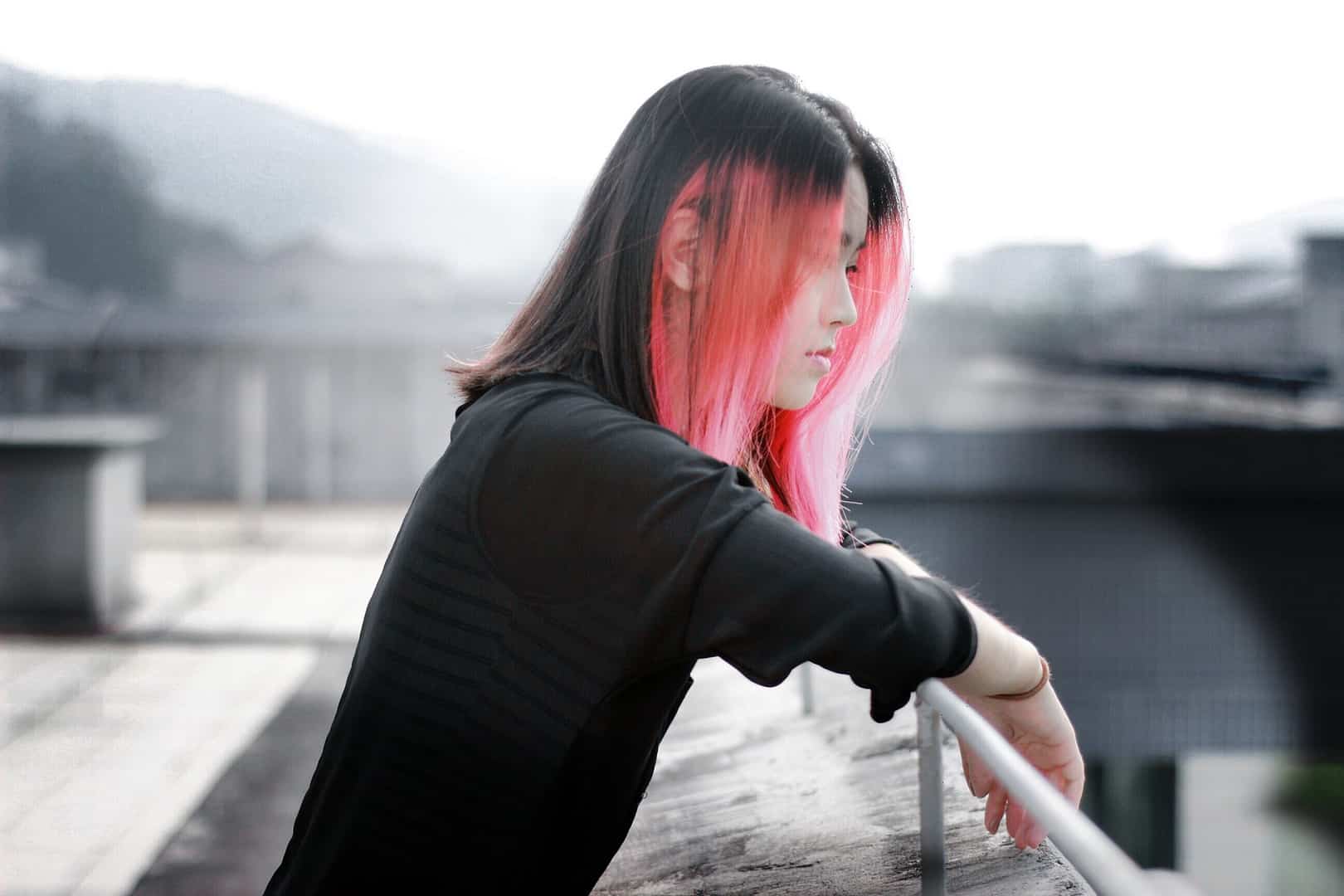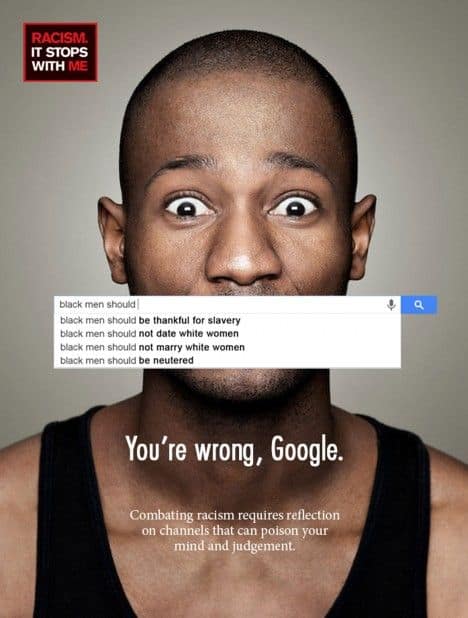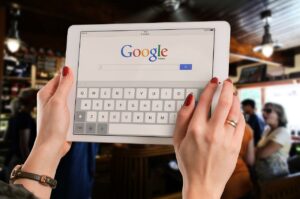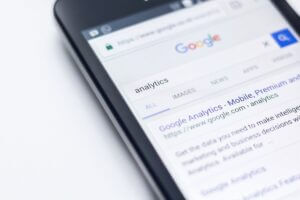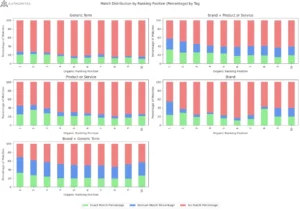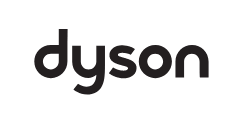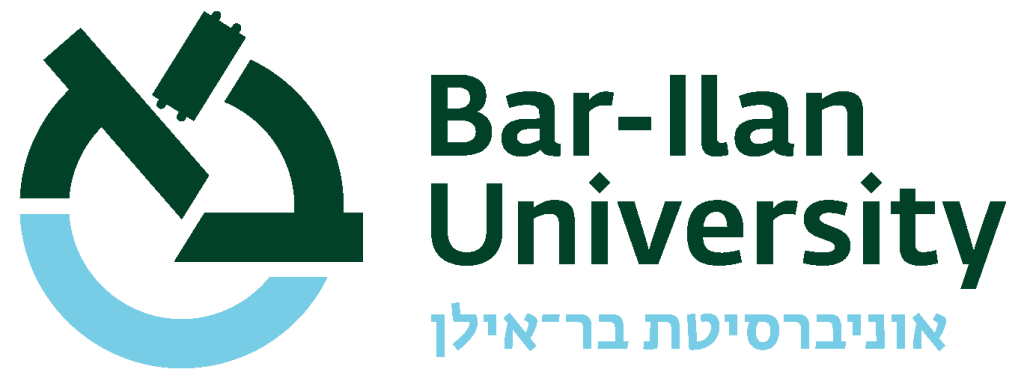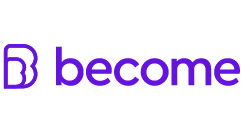Most ad campaigns try to sell us products and services; that’s why it’s refreshing to occasionally see a campaign that promotes a social cause. However, it isn’t easy to create a social campaign that will leave a mark and change the conversation about a certain issue (or even create a whole new conversation). The UN Women’s 2013 campaign, “The Autocomplete Truth”, is an example of such a game-changing campaign.
UN Women, also known as The United Nations Entity for Gender Equality and the Empowerment of Women, was formed in 2010 for the purpose of empowering women around the world. A new entity at the time, UN Women needed to raise global awareness of its existence; and show that although massive progress has been in made in many areas in our lives throughout the last decades, prejudice and discrimination against women are still rampant.
Creating the Campaign
The advertising agency chosen for creating the campaign was Memac Ogilvy & Mather, Dubai. During the brainstorming sessions for the campaign, the team’s copywriter typed some women-related phrases into Google and was amazed, and dismayed, by the results.
To make sure those results weren’t geographically skewed (the search was conducted from the Middle East), the office contacted other Ogilvy locations around the world and asked them to type the same phrases in Google. After the results from different locations turned out to be remarkably similar, it was decided that they would form the basis for the campaign.
The idea was simple: integrate the phrases created by Google’s autocomplete feature into photographs of women by placing them over the women’s mouths – to symbolize how women’s voices are silenced globally. Four women were photographed for the campaign, each representing a different area of the world, to demonstrate that the problem is global indeed. The purpose of the images was reflect the prevalent stereotypes about women and the rights they’re denied, to show that we still have a long way to go to end gender inequality.
Four images were created and distributed in print, on billboards and on social media. The campaign had its own hashtag – #womenshould – the purpose of which was to spark a global conversation about it online. Following the posters, the agency also released a video called “The Autocomplete Truth” online, which showed women’s achievements throughout history alongside the autocomplete phrases on Google:
The video was published on various news websites and blogs, and from there spread to social media, where it was shared under the #womenshould hashtag. As the campaign caught on, TV and radio shows around the world began discussing the images, the video and message they conveyed.
The amplify the message further, the campaign team began cooperating with educational institutions around the world to include women’s rights issues in school curriculums; and presented the campaign in various PR events (such as the 2013 Global PR Summit). These actions had also helped in promoting the campaign across social media.
The Campaign’s Results
The Autocomplete Truth campaign’s results exceeded every expectation; it created headlines around the world, including in news outlets, magazines and websites like BBC, CNN, Time, The Huffington Post, The Guardian, Mashable, Buzzfeed, Le Figaro, Metro Sweden, Times of India and Elle. Overall, it was mentioned in the media close to 600 times. In addition, it was featured in leading TV and radio shows and was even presented in the 2013 NASCAR races.
The #womenshould hastag was a resounding success, tweeted in over 50 countries and getting over 134 million impressions on Twitter. At least 755 million people viewed the campaign globally. An article AdWeek wrote about the campaign got 116,000 shares on Facebook, earning it the title “Most Shared Ad of 2013”. Today, nearly three years after the campaign, the article has been shared 125,000 times.
Ad Council voted The Autocomplete Truth “Social Campaign of the Year” for 2013. In 2014, the campaign won two Clio awards: a silver award for in the Public Relations category, and another silver award in the Content & Contact category. That same year it also received nominations for three categories in the Shorty Awards: “Best Use of a Hashtag on Twitter”, “Best Social Good Campaign” and “Best Viral Campaign”.
According to Ramzi Moutran, Executive Creative Director at Memac Ogilvy & Mather Dubai, The Autocomplete Truth campaign was followed by 50 more campaigns which borrowed its concept. Many people on social media posted screen captures of similar searches they had performed on Google, to raise awareness for the discrimination and bigotry faced by other minority groups.
The following video sums up the campaign’s far-reaching results:
What Made It Succeed?
The campaign’s ultimate goal was to create a conversation about an issue that is thought by many people to be irrelevant in this day and age. The results show that this goal had indeed been achieved: the campaign led to a discussion about gender inequality throughout various media outlets. It made people rethink the situation of women today and put the issue on the global agenda once more. And all that was required to make this happen were four powerful images, a 1-minute video and a tight PR strategy.
This campaign’s genius lies in its simplicity. A Google search is something we all do several times a day. As soon as people saw the images, they immediately wanted to check the search results for themselves. The ease of creating and sharing similar images was a central component in the audience’s engagement in the campaign. And another thing that triggered the conversation was an element of disbelief – “how did we not notice this before?”
Finally, the element that tied everything together was the #womenshould hashtag, which made all the discussions about the issue easier to find online.
In an article on The Best of Global Digital Marketing website, Monica Jitariuc, co-managing director at The Practice, a Romanian PR agency, listed 5 lessons this campaign had taught us:
- “Think simple. Do not over complicate things.
- Solutions are in front of your eyes most of the time. Do not ignore them.
- Speaking universal language means using universal tools.
- A powerful cause needs also powerful communication. Do not let the cause speak for itself. Help the cause by putting words in its mouth.
- Amaze people & generate controversy. It’s tough but it’s worth it.”
Conclusion
The Autocomplete Truth campaign shows us that to create maximum engagement for a campaign, it’s best to find a concept which is simple, universal and one that easily relates to our daily lives. It is also recommended that this concept would encourage people to experiment with it on their own and share their results with others. Most importantly, this campaign illustrates the power of virality, showing how crucial it is that modern campaigns fit into the social media world – by including elements like hashtags, shares, etc.
Do you know any other social campaigns that went viral and sparked an important conversation? Tell us about them in the comments section!
=======================================================
3 Door Digital are an SEO Company based in Israel, and as part of the Angora Media Group, we provide Enterprise SEO Services to both local companies and those from abroad. Our clients come from a range of industries, from modern tech companies and startups, like Payoneer and Feedvisor all the way through to jewellery companies like Onecklace and local providers like restaurant-furniture.net. You can view some of our SEO Case Studies here.
